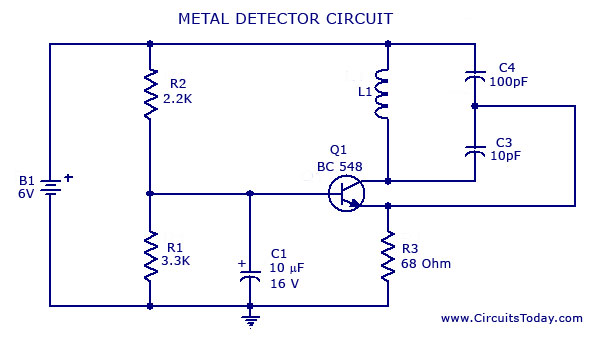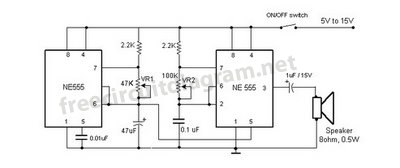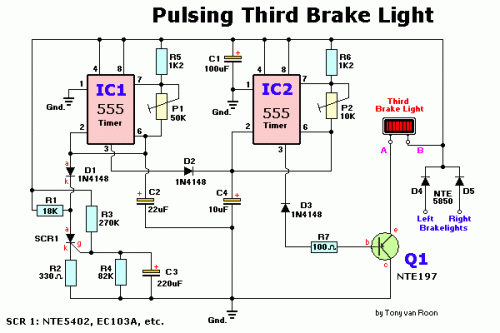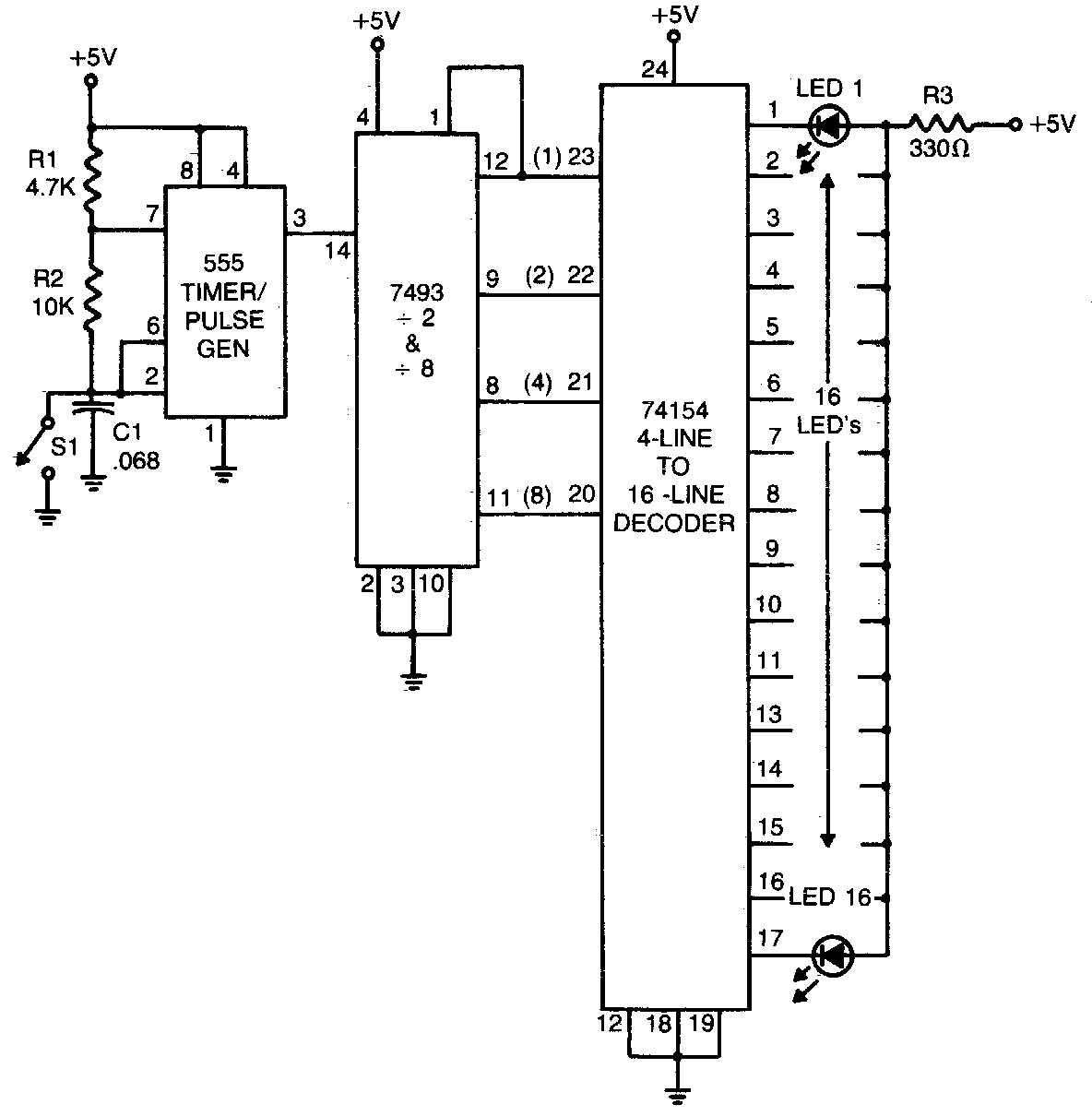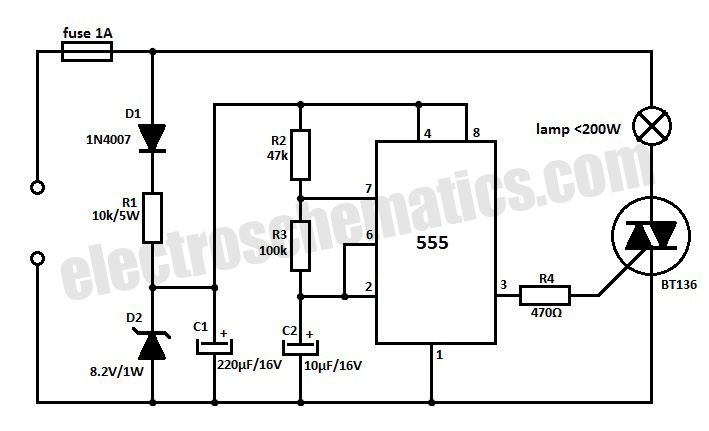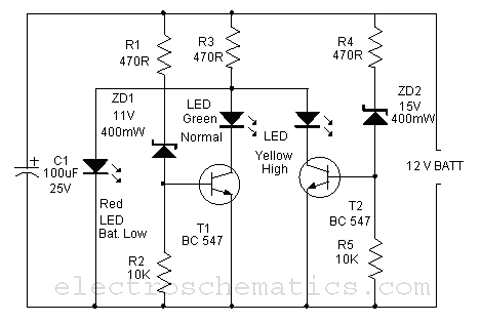
By the driving capacitive loads MAX4223 ~ MAX4228 circuit diagram
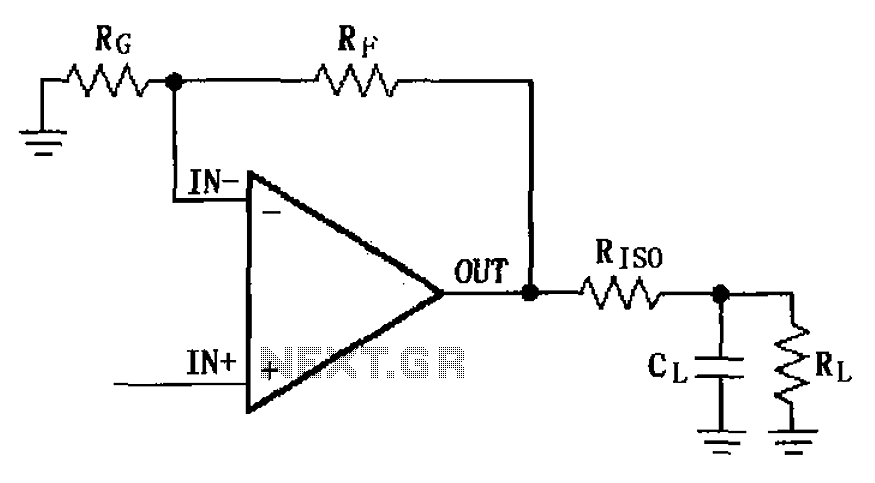
The MAX4223 to MAX4228 series incorporates a capacitive load drive circuit with an isolation resistor (RISO). The maximum allowable capacitive load for these devices is 25pF. However, exceeding this limit can lead to overshoot and ringing. The circuit design includes an isolation resistor (RISO) placed between the output terminals and the load, which serves to mitigate overshoot and ringing oscillations. The resistance value for RISO is specified to be between 5 and 20 ohms.
The MAX4223 to MAX4228 operational amplifiers are designed to handle capacitive loads effectively while minimizing signal distortion. The inclusion of the isolation resistor (RISO) is critical in preventing unwanted oscillations that can occur when driving capacitive loads. It acts as a damping element that reduces the Q-factor of the output stage, consequently lowering the amplitude of any overshoot or ringing that may arise when the output transitions.
In practical applications, the selection of RISO within the specified range of 5 to 20 ohms should be based on the specific load characteristics and the desired performance of the circuit. A lower resistance value may be suitable for applications where rapid signal transitions are necessary, while a higher resistance may be chosen to further suppress ringing at the expense of some speed.
The output stage of the MAX4223 to MAX4228 is engineered to deliver robust performance across a range of load conditions, making these devices suitable for various applications in signal processing, instrumentation, and control systems. Careful consideration of the capacitive load and the isolation resistor will ensure that the operational amplifiers perform optimally without introducing detrimental effects to the signal integrity. As shown in FIG grounds MAX4223 ~ MAX4228 uses a capacitive load drive circuit isolation resistor RISO constructed. MAX4223 ~ MAX4228 maximum permitted capacitive load of 25pF without overshoot ringing and ringing, there may be more than 25pF overshoot ringing and ringing. The circuit between the output terminals and the load plus an isolation resistor RISO, for suppressing overshoot and ringing oscillation, RISO resistance is 5 ~ 20 .
The MAX4223 to MAX4228 operational amplifiers are designed to handle capacitive loads effectively while minimizing signal distortion. The inclusion of the isolation resistor (RISO) is critical in preventing unwanted oscillations that can occur when driving capacitive loads. It acts as a damping element that reduces the Q-factor of the output stage, consequently lowering the amplitude of any overshoot or ringing that may arise when the output transitions.
In practical applications, the selection of RISO within the specified range of 5 to 20 ohms should be based on the specific load characteristics and the desired performance of the circuit. A lower resistance value may be suitable for applications where rapid signal transitions are necessary, while a higher resistance may be chosen to further suppress ringing at the expense of some speed.
The output stage of the MAX4223 to MAX4228 is engineered to deliver robust performance across a range of load conditions, making these devices suitable for various applications in signal processing, instrumentation, and control systems. Careful consideration of the capacitive load and the isolation resistor will ensure that the operational amplifiers perform optimally without introducing detrimental effects to the signal integrity. As shown in FIG grounds MAX4223 ~ MAX4228 uses a capacitive load drive circuit isolation resistor RISO constructed. MAX4223 ~ MAX4228 maximum permitted capacitive load of 25pF without overshoot ringing and ringing, there may be more than 25pF overshoot ringing and ringing. The circuit between the output terminals and the load plus an isolation resistor RISO, for suppressing overshoot and ringing oscillation, RISO resistance is 5 ~ 20 .
